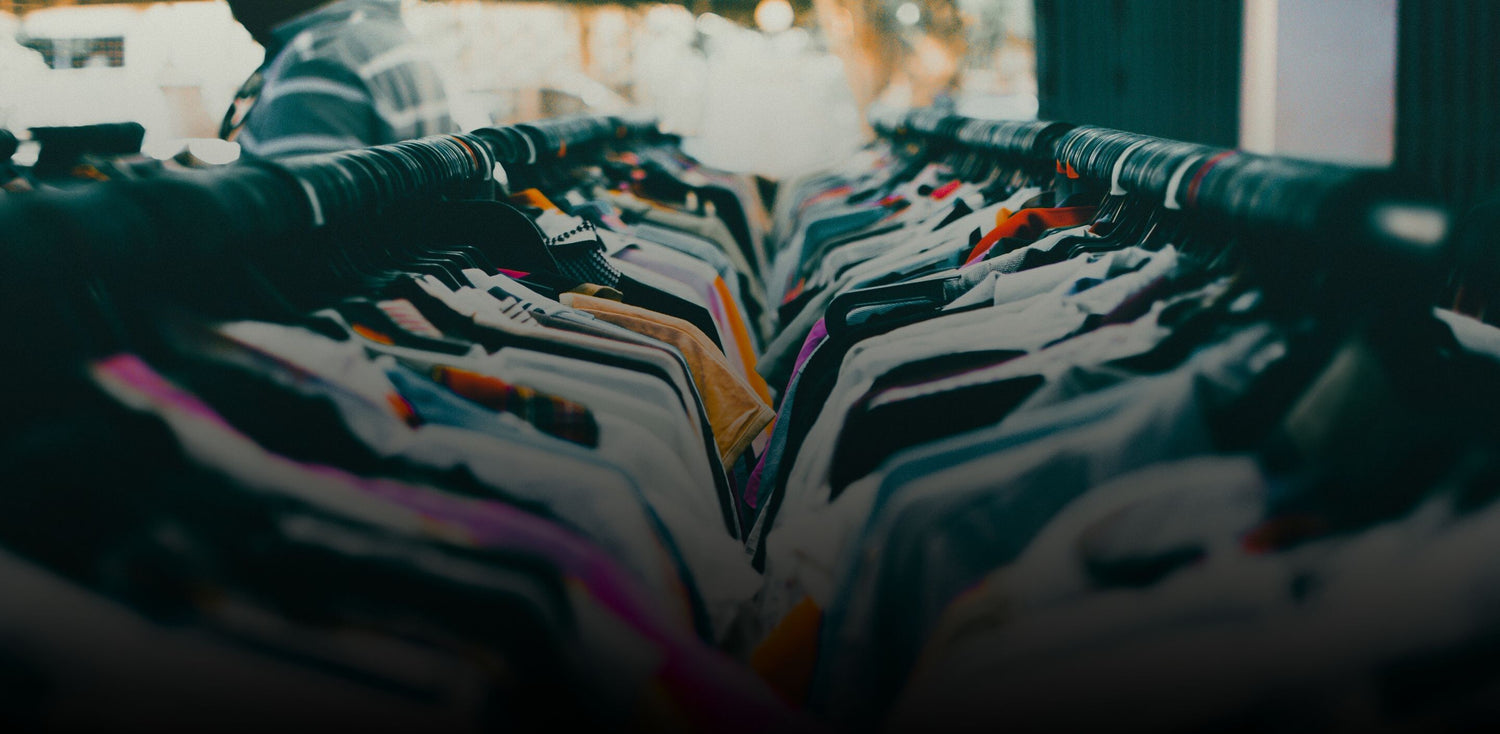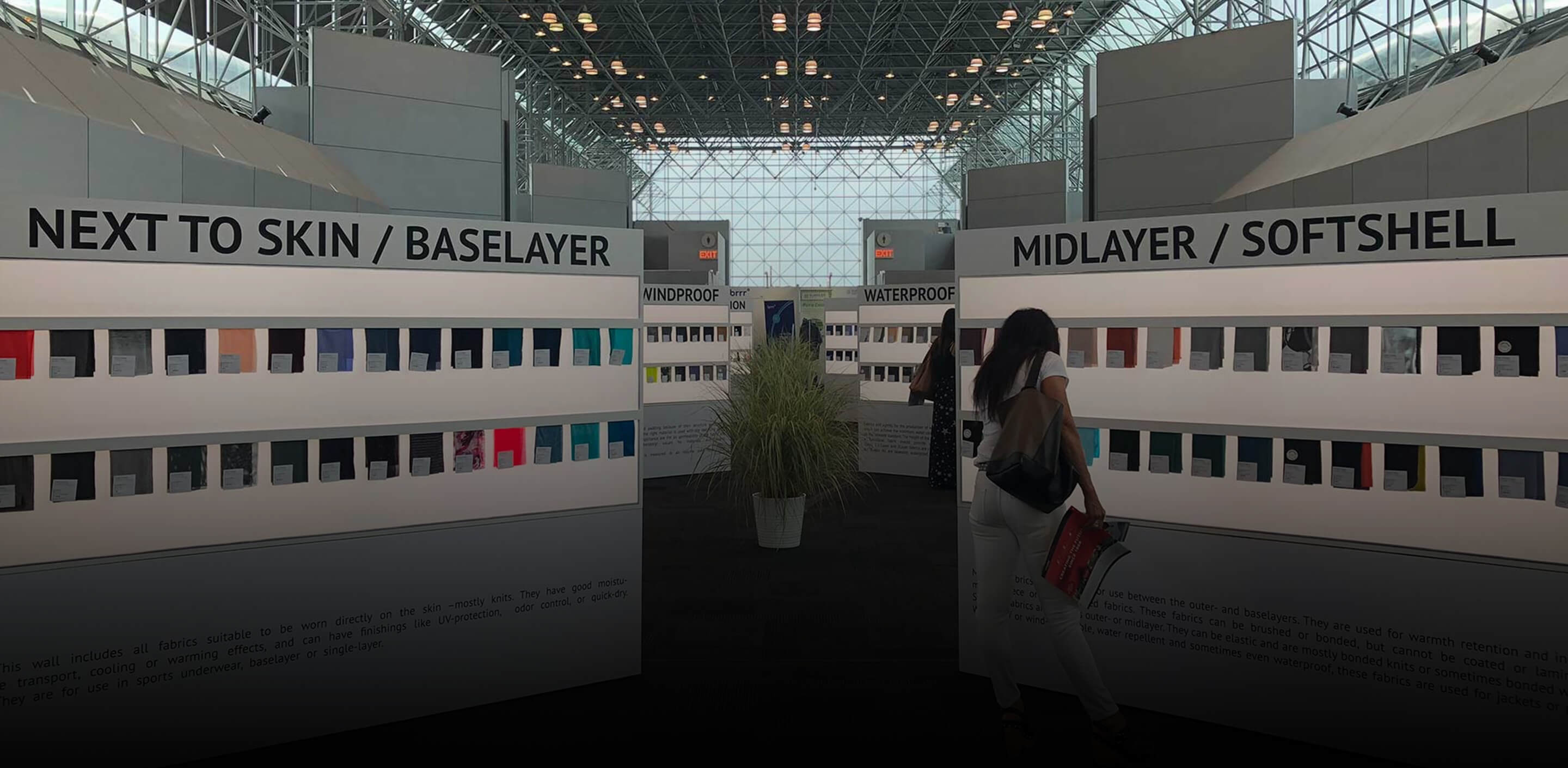There is now a worldwide movement toward eco-friendly clothing trends. What does it imply for your clothes, though? I want to shed light on the effects of fast fashion on the industry and the world at large, as well as the benefits of slow fashion in your everyday life.
Our textile sourcing habits have changed significantly in recent years. The advent of fast fashion, for instance, has made it more affordable to often update one's wardrobe. You may now acquire the newest fashions immediately, rather than having to wait for a sale at your preferred retailer. You may avoid the hassle and buy whatever strikes your eye at your local favourite brand shop.
But this convenience comes at a cost for the environment. Lets dig it up further and know how slow fashion is differ from fast fashion and also more sustainable.
What is fast fashion

What we call "fast fashion" is really just fast production of apparel that follows current trends. This model is unsustainable since it promotes wasteful consumption and leads to the production of clothing items designed to be thrown away after one use.
Fast fashion retailers produce new designs on the weekly to meet customer demand, but this means that the items you buy from them quickly become outdated. Studies have shown that after just 30 washes, a brand new article of clothing is no longer wearable. They are then disposed of at a landfill or donated to a good cause.
Between a hundred and fifteen hundred billion clothes are produced each year by the fashion industry. It uses a lot of energy and raw materials and generates a lot of garbage (100 million tonnes annually, of which 80 percent goes to landfills).
What is slow fashion

The slow fashion movement, in contrast to rapid fashion, prioritises the sustainability of garments over their full life cycle. To put it another way, before selling an item, they examine its whole production process as well as fabric manufacturers.
Companies in the slow fashion movement are more selective when sourcing their materials and want to deal with vendors that adhere to fair-labour practices. In contrast to fast fashion retailers, these establishments teach their clients about the origins of their clothing and the effects of production on the natural environment.
How it impact the environment

Contrasting the fast fashion industry, which is dependent on low-wage workers and inexpensive materials, the slow fashion movement prioritises long-term sustainability by using only organic, biodegradable fabrics. They also consider the garment's future reusability or recycling potential and the amount of energy required in its production.
As a result, the environmental impact of sustainable clothing businesses' goods is lower than that of fast fashion retailers'. Due to the high volume of seasonal replacements, low-quality garments that aren't worth the effort to repair or repurpose often wind up in landfills. Meanwhile, in order to meet consumer demand, the apparel industry must continuously use resources such as water and energy.
Though we are slowly but surely turning the tables in rapid fashion. People are becoming more aware of how damaging it is to our world to purchase new garments on a regular basis, and as a result, ethical shopping businesses have seen an increase in popularity.
Fast fashion vs slow fashion
Ethics

Companies with a commitment to ethics in the apparel industry make it a priority to guarantee that all workers in the supply chain are paid a living wage and treated fairly. Fast fashion retailers, on the other hand, may offer their wares at rock-bottom rates because they take advantage of low-wage production methods in other countries.
Material

Companies that specialise in "slow fashion" take into account the whole life cycle of their goods and use only eco-friendly materials in their manufacture, whereas those that specialise in "rapid fashion" utilise numerous toxic elements and release a great deal of carbon dioxide into the environment.
Quality

Companies in the fast fashion industry produce a flood of new seasonal clothing every season, and most of it is made from low-quality, nonrecyclable fabrics. In contrast, slow fashion labels prioritise using high-quality materials that can be reused or recycled after they've served their original function.
Sales and cost

Fast fashion retailers may provide lower prices on their wares since they employ cheaper materials. Companies that specialise in fast fashion are notoriously secretive about their products' origins and environmental impacts. Nonetheless, shoppers of slow fashion labels are informed of such details.
Accessibility
Compared to the slow fashion movement, which is still growing in popularity, fast fashion is far more widely available.
FAQ
Why is fashion sustainable over fast fashion?
Fast fashion has an effect on the environment due to carbon emissions as well as the massive amounts of trash it generates in landfills. Ten percent of annual carbon dioxide emissions are attributed to the fashion business.
Why is fast fashion not sustainable?
Cutting environmental shortcuts is more probable due to the push to minimise costs and speed up manufacturing time. The use of low-cost, hazardous textile dyes is one of the negative effects of fast fashion, and it helps to explain why the fashion industry is second only to agriculture as a worldwide polluter of fresh water.
What are the key factors in sustainable fashion?
When we talk about sustainable fashion, we're talking about labels and designers that make clothes with any or all of the features like organic and recyclable clothes, natural dyes and shades, zero waste policy, no use of plastic and recyclable clothes.
We also happen to be a magnet for suggestions, and would love to catch yours….throw us yours on hello@fabriclore.com





